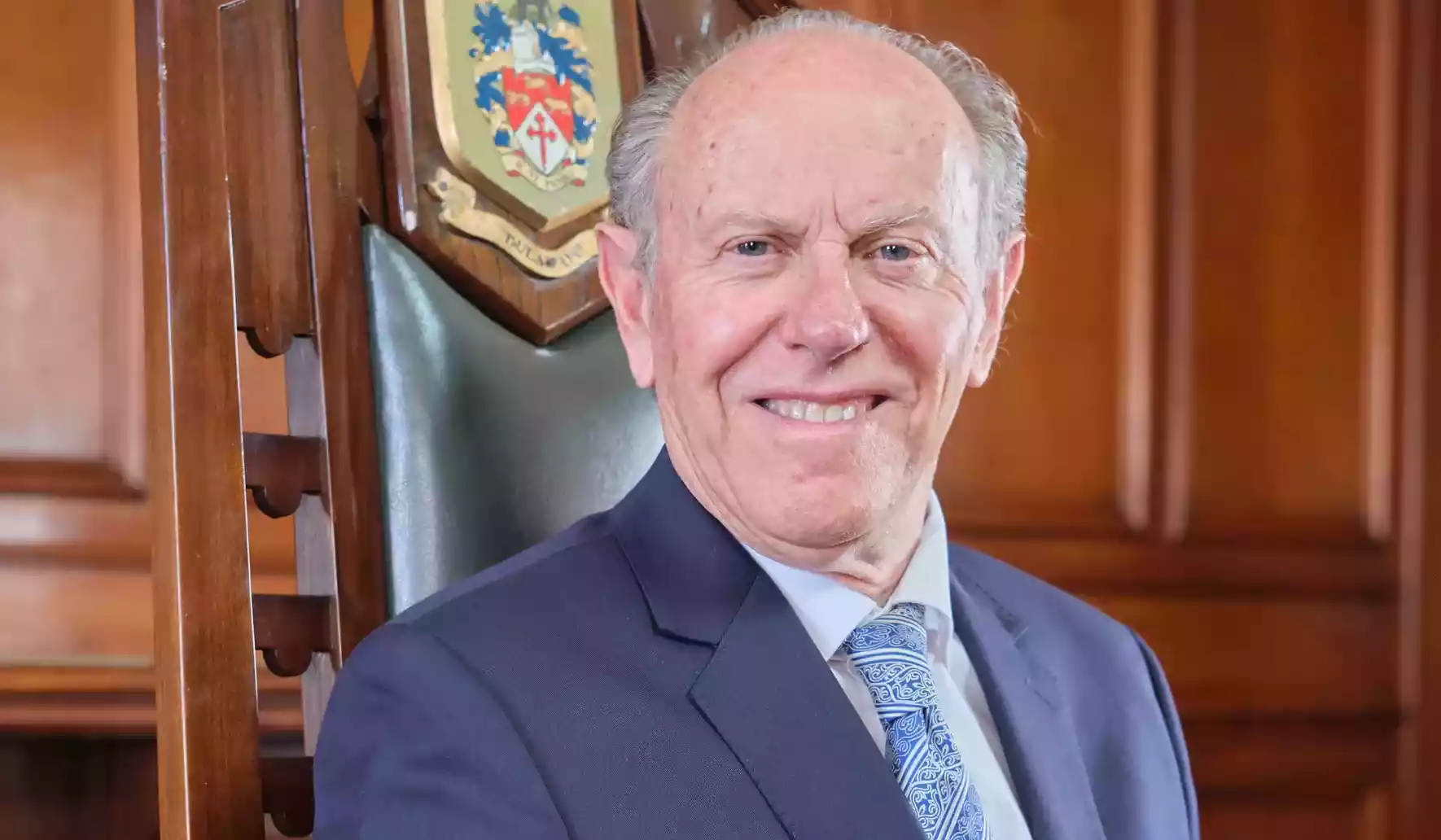
For decades, Matabeleland has served as Zimbabwe’s creative powerhouse, producing world-class artists whose influence extends far beyond the region’s borders.
From the golden voice of Lovemore Majaivana to the Afro-soul brilliance of Berita, the global rhythms of Mokoomba, the harmonies of Nobuntu, and the electronic mastery of Nitefreak, the region’s talent pool runs deep.
Yet, despite this abundance of creativity, Matabeleland continues to haemorrhage its artistic talent to Harare, Johannesburg, and international markets. This exodus isn’t due to a lack of skill or ambition; it’s a direct result of systemic neglect, underinvestment, and a failure to create sustainable opportunities for artists to thrive at home.
Why artists leave
The migration pattern is clear. Bulawayo nurtures raw talent, but artists must relocate to unlock their full potential. The reasons are both economic and structural. Harare, as Zimbabwe’s capital, offers a larger consumer base, better access to corporate sponsorships, and stronger institutional backing from national arts councils and media. Meanwhile, South Africa provides world-class recording studios, lower production costs, and access to continental and global markets, advantages that Bulawayo simply cannot match in its current state.
The consequences are undeniable. Legendary figures like Albert Nyathi, Sandra Ndebele, and Martin Sibanda had to leave Matabeleland at critical points in their careers to secure the exposure and resources they needed. Even thriving bands like Ndolwane Super Sounds have faced the tough choice of either relocating or stagnating. This trend isn’t just a loss for the artists, it’s a cultural and economic drain for the entire region.
Untapped potential
The frustrating reality is that Bulawayo already possesses key infrastructure that could reverse this trend, if only it were properly utilized. The Bulawayo Theatre and the Zimbabwe Music Academy stand as monuments to the city’s cultural heritage, yet they operate far below capacity due to chronic underfunding and mismanagement. With strategic investment, these venues could be transformed into vibrant hubs for rehearsals, artist residencies, workshops, and performances providing local talent with the platforms they currently seek elsewhere.
- Chamisa under fire over US$120K donation
- Mavhunga puts DeMbare into Chibuku quarterfinals
- Pension funds bet on Cabora Bassa oilfields
- Councils defy govt fire tender directive
Keep Reading
Grassroots initiatives like the Eziko Theatre Laboratory, spearheaded by Nkulumane lawmaker, Desire Moyo, demonstrate what is possible when community-driven efforts take root. However, such projects struggle to scale without consistent financial backing and institutional support. The question isn’t whether Bulawayo can retain its artists, it’s whether stakeholders are willing to commit the necessary resources to make it happen.
Breaking the cycle of neglect
One of the most damaging factors in Matabeleland’s artistic decline is the media’s complicity in sidelining local talent. Walk into any club in Bulawayo, and you’re more likely to hear South African amaPiano or Harare’s Zimdancehall than homegrown Rhumba or Tshibilika. DJs, as cultural gatekeepers, play a crucial role in shaping public taste yet many still act as if success must be imported rather than cultivated locally.
Thankfully, radio stations like Khulumani FM, Breeze FM, and Skyz Metro are beginning to shift this narrative by deliberately amplifying Matabeleland voices. If this trend continues, and if more platforms follow suit, the perception that artists must leave to succeed can be dismantled. The region’s media must recognize its power to shape demand and actively champion local talent rather than treating it as secondary.
Success stories
Despite the challenges, there are shining examples of artists and events proving that Matabeleland can be a viable home for creative careers. Nitefreak’s Hinde Event has gained international acclaim while remaining rooted in Bulawayo. Bhila’s Live in Concert demonstrated the power of independence, drawing massive crowds without relying on Harare-based promoters. Major festivals like the Bulawayo Arts Festival and Intwasa Festival continue to provide crucial platforms for emerging talent while fostering cultural exchange.
These successes highlight a crucial truth - the problem is not a lack of vision or determination among artists, but rather the absence of structured support systems that allow creativity to flourish into sustainable careers.
What must be done?
To reverse the brain drain, Matabeleland needs a multi-pronged strategy that addresses both infrastructure and cultural perception:
*Invest in cultural infrastructure: The Bulawayo Theatre, Amakhosi Cultural Centre and Zimbabwe Music Academy must be revitalised with modern equipment, consistent programming, and professional management to make them attractive to artists and audiences alike.
*Upgrade recording studios: High-quality, affordable studios are essential to prevent musicians from fleeing to Johannesburg or Harare for basic production needs. Public-private partnerships could help establish competitive facilities.
*Media & DJ Advocacy: Radio stations, clubs, and event organiSers should adopt policies that prioritize local content, ensuring that Matabeleland artists receive equal if not greater exposure than outside acts.
*Revive & monetise local genres: Rhumba and Tshibilika have loyal followings across Southern Africa. By modernizing these sounds and strategically marketing them, the region can create a unique musical identity that also drives tourism.
*Artist-community engagement: Musicians, poets, and theater groups must actively engage schools, community centers, and public spaces to cultivate loyal local audiences that sustain them beyond digital streams.
*Professionalise festivals: Intwasa and Bulawayo Arts Festival should evolve from annual events into year-round cultural enterprises that attract sponsors, international collaborations and sustainable revenue streams.
Matabeleland stands at a pivotal moment. It can continue to be a talent factory for other regions, or it can build an ecosystem where artists thrive without leaving. The raw materials including talent, cultural heritage, and existing infrastructure are already in place. What’s missing is the collective will to invest, organize, and demand better.
If stakeholders, government, private sector, media, and artists themselves align around a shared vision, the narrative can shift from one of forced migration to one of home-grown success. The alternative is unthinkable: a slow erosion of Matabeleland’s cultural soul, as generation after generation of artists are lost to cities that value them more than their own homeland does. The time to act is now.









